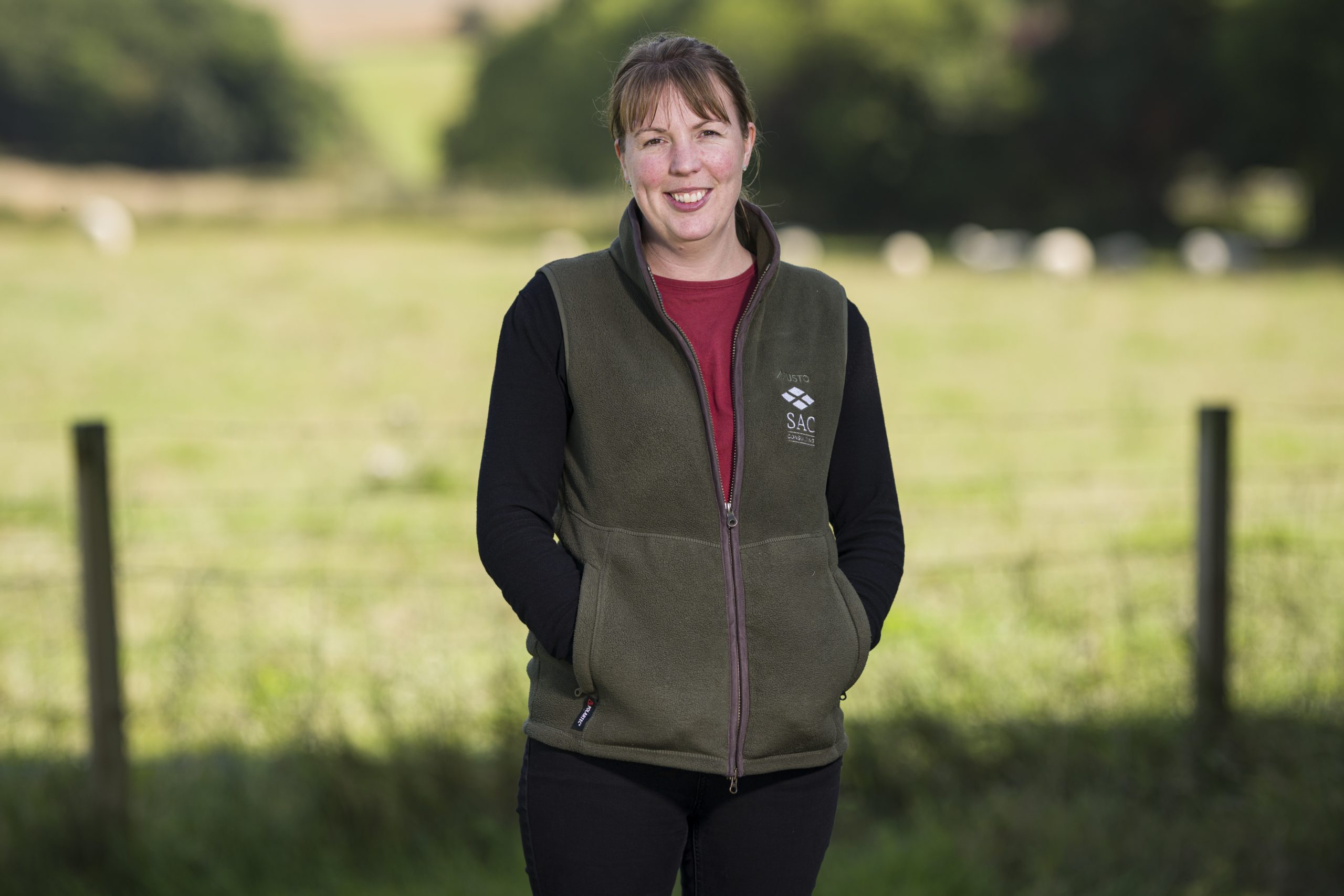As the input balance moves from home grown forages to systems requiring bought-in concentrates over the winter, sheep farmers should take a closer look at the growth of their lambs to protect both margins and next year’s crop, says Kirsten Williams, a senior sheep and beef specialist at SAC Consulting (part of SRUC, Scotland’s Rural College).
“The longer lambs are on farm, the more they are impacting the forage available for the 2024 crop of lambs. It’s important to look at performance and decide whether it’s cost effective to push them on with concentrate feed and as well to understand what forage they will be taking away from the ewes for tupping and the winter, which could impact on next year’s output – or whether to sell them sooner, store for a lower price but less cost.”
While many producers will have a good grasp of the average per flock, and what it will roughly cost per head to finish, Kirsten advises a more granular look at the finishing cost per kilo to make this decision this season.
“Working out what it will cost per kilo in inputs to gain those last kilos and the difference in the end price can clarify what’s best for the business,” explains Kirsten, who, as part of the Farming for a Better Climate initiative, also offers livestock farmers practical advice for farming sustainably. “It’s asking the questions such as why is that batch not gaining weight, is it going to be cost effective to buy in inputs or should we spend more on nutrition to finish them faster, is the balance of protein and energy right, is there a parasite problem, is there a genetic pattern, should we be selling them store or taking them through to fat?”
Optimising long-term performance is getting the right balance of three key factors: health, nutrition and genetics, says Kirsten, who flags up that not only is this important for profitability and easy management but also goes hand-in-hand with reducing methane emissions.
“Poor performance is costly: if one or more of these three elements is out, performance slips from higher losses of lambs and ewes, lower growth rate and litter size, leading to a lower level of output. It’s all about the best use of inputs and minimising waste,” she explains.
A robust health plan can help make gains at every stage. A high worm burden means more time and feed are needed for finishing, so regular faecal egg counts can make a difference; lameness can reduce growth by up to 7.5%. Improving and maximising forage and prioritising the right nutrition at each stage of production – whether dry, in lamb or lactating – is also key as is keeping the right genetics for good finishing rates.
Conversations around reducing carbon footprint can still be a bit of a turn off for some farmers, says Kirsten, who supports farmers as part of SAC’s Farming for a Better Climate (FFBC) to find practical ways to cut carbon, increase sustainability, and move towards net-zero emissions within their farming system.
“But if health, nutrition and genetics are in balance, it also reduces a flock’s methane emissions,” she explains. “At the very least reducing these levels will help support lamb production in the eyes of both the Government and consumers, and in time sustainability may also become an additional product to sell.”
Every flock is different highlights Kirsten, saying: “In Scotland there are over 90 breeds of sheep and a mix of lowland and hill, so there’s no one size fits all for reducing methane emissions on farm.”
Technology is changing and New Zealand’s Portable Accumulation Chambers are being introduced around the UK to predict the emissions in grazing sheep (listen to a full podcast on this with Nicola Lambe) but there are some common areas that benefit both productivity and environmental commitments:
“The longer the lambs are on farm, the higher the methane count, so focus on finishing quicker,” advises Kirsten. “A ewe with twins will have lower emissions per kilo of output than one with a single. Feed as much from home grown grass and forage, to avoid the cost and carbon footprint of bought in and imported feed. Try rotational grazing to promote quality grass and biodiversity, and a good mix of clover and legumes as well as tailoring the nutrition for each stage of production to get maximum output. Genetics also plays a huge part.”
“Breeding and feeding efficiency into the flock can be slow, but taking the time to analyse the information you are gathering and taking a more detailed approach will bring cumulative benefits and lead to greater long-term productivity.”
Practical information can be found here and for wider guidance and insights on farming for a better climate, see the FFBC website at https://www.farmingforabetterclimate.org or follow the latest project on Facebook and Twitter at @SACFarm4Climate. For the latest podcast on sheep health, listen to Donald Barrie speaking about flock efficiency here.

